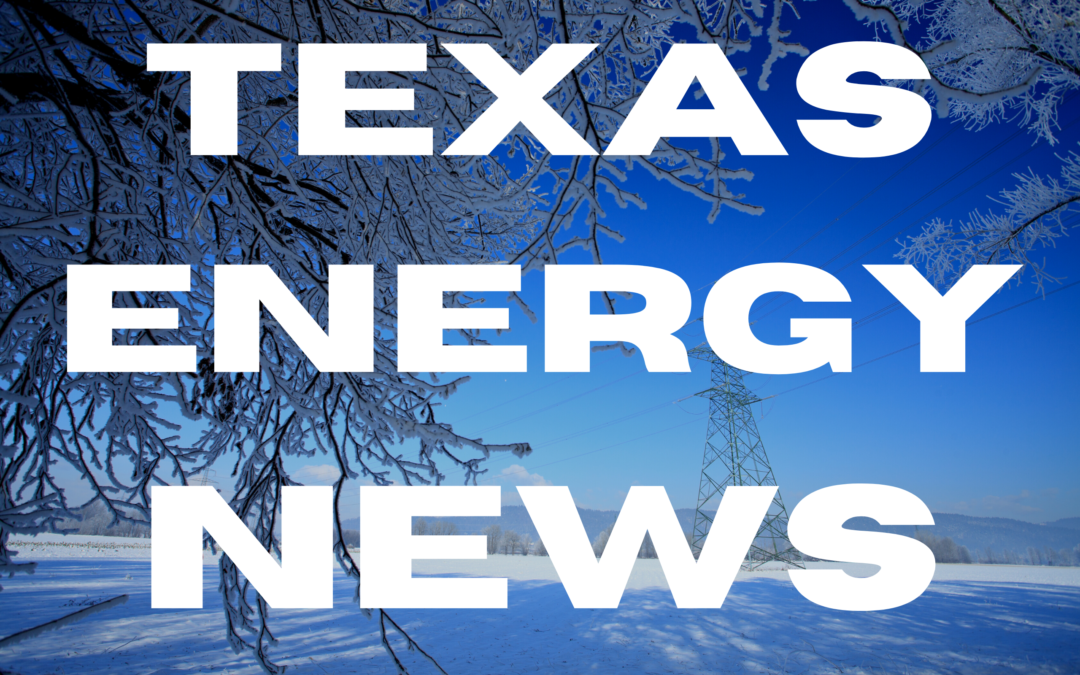Facing a statutory deadline, the agencies adopted the guidelines during parallel meetings held within a few hours of each other.
________________________________________________
Rules governing how natural gas facilities receive critical designations as a means to protect the power grid have received approval by twin regulatory agencies.
 Those agencies, the Public Utility Commission and the Texas Railroad Commission, regulate the electric and gas industries respectively. Together, the new rules pertain to the identification of “critical load” natural gas facilities such as wells, gas-processing plants and pipelines. Facing a statutory deadline, the agencies adopted the guidelines during parallel meetings held within a few hours of each other on November 30.
Those agencies, the Public Utility Commission and the Texas Railroad Commission, regulate the electric and gas industries respectively. Together, the new rules pertain to the identification of “critical load” natural gas facilities such as wells, gas-processing plants and pipelines. Facing a statutory deadline, the agencies adopted the guidelines during parallel meetings held within a few hours of each other on November 30.
The rules are important because failures by the gas industry have been identified as a major contributing factor to the winter emergency that left four million Texans without power last February. Beyond providing home heating service, natural gas suppliers also fuel electric generators. The rules are intended to give electric utilities more visibility regarding which gas facilities play critical roles for grid reliability, and this, in turn, will allow electric utilities to make better decisions regarding which they should prioritize for service during emergencies.
RAILROAD COMMISSION ACTS
On the Railroad Commission side, the agency’s three commissioners adopted a new rule, 16 TAC §3.65, as well as amendments to 16 TAC §3.107 regarding critical infrastructure designations. These changes implement provisions from Senate Bill 3 and House Bill 3648 from the 87th Legislative Session.
The Railroad Commission’s new rules incorporate many of the suggestions made by stakeholders, including suggestions made by the Atmos Cities Steering Committee. For instance, the Railroad Commission accepted ACSC comments on the over-broad definition of critical loads. (The city coalition had argued that if the rules designate too many facilities as critical, then electric utilities would waste resources and make inefficient decisions trying to protect them from disconnection.) The Commission staff also referenced the ACSC in the comments summary and review accompanying the new rules.
Key changes included in the adopted version of the rules, as opposed to the previous draft include:
- Adopts the PUC definition of energy emergency.
- Stipulates that certain categories of major gas providers must receive a critical designation, without a possibility of opting out.
- Customers not designated as critical may file an application for critical status noting their role in the supply chain that makes them critical.
- Those facilities requesting an opt-out exception must provide evidence as to why the exception is appropriate.
Also of note, the preamble clarifies that “critical” designations apply only to reporting requirements, and not, per se, to weatherization requirements. However, the preamble discusses how such “critical” definitions may be the basis for future weatherization requirements, which the Commission will release later.
The distinction is important because under the new rules certain facilities can opt-out of the reporting requirements by paying a $150 fee. It remains to be determined whether such payment also will allow for opt-out of the yet-to-be-determined weatherization requirements.
PUBLIC UTILITY COMMISSION ACTS
The PUC, meanwhile, adopted amendments to implement new PURA §38.074, also added by HB 3648 and SB 3. The new rules require a critical natural gas facility, or a “critical customer” as described under §3.65, to provide critical customer information to the utility from which it receives electric delivery service. They also require the utility to incorporate this information into its load-shed and power restoration planning.
“This is a fundamental reason that the Texas power grid will be more resilient this winter than last winter,” PUC Chairman Peter Lake said. “For the first time ever, both of those industries will know where the key pieces are and how to keep both sides of that equation functioning in an extreme winter event.”
Almost nowhere else in the United States do two separate agencies regulate local gas and electric industries. However, PUC staffers said they worked closely with their Railroad Commission counterparts to devise rules that will work seamlessly across both industries. For instance, natural gas facilities under the new rules will have the ability to submit a single form with all the information transmission and distribution utilities need to identify critical gas units. The grid operator will have access to this information through a single portal.
“As everyone knows, one of the failings from the state’s perspective from February was the lack of coordination between the electric and gas industries,” PUC general counsel David Smeltzer said. “We got clear direction from the Legislature that can’t happen again, and one of the aspects of that was electricity not going to the gas people … It’s kind of a cycle.”
GAS NOT “PRIMARY CULPRIT” ACCORDING TO RAILROAD COMMISSION CHAIR
Ultimately the policy changes stem from public outcry following to the February power emergency — an emergency that the Federal Energy Regulatory Commission and the North American Electric Reliability Corp. have characterized as “the largest controlled firm load shed event in US history.”
During the Railroad Commission meeting, Chairman Wayne Christian pushed back against published reports that the state’s natural gas industry and lax regulation by his agency largely were to blame for the widespread blackouts. “While no form of energy performed perfectly during Winter Storm Uri, the insistence that natural gas producers are the primary culprit behind the February blackouts is pure hyperbole,” he said.
According to reports, gas-fired generation offline hit a peak of about 18 gigawatts, as compared with about 52.3 GW of all types of generation offline at peak. ERCOT’s winter 2020-21 Seasonal Assessment of Resource Adequacy lists 55.7 GW of gas-fired generation capacity.
Railroad Commissioner Wright said that Texas has sufficient natural gas storage capacity to supply about 8 million homes for a month. He said the Railroad Commission encourages gas-fired generators to “fully utilize this capacity for this coming winter” but that agency “has no authority to require operators to release gas at a specific time or, for that matter, at all.”

